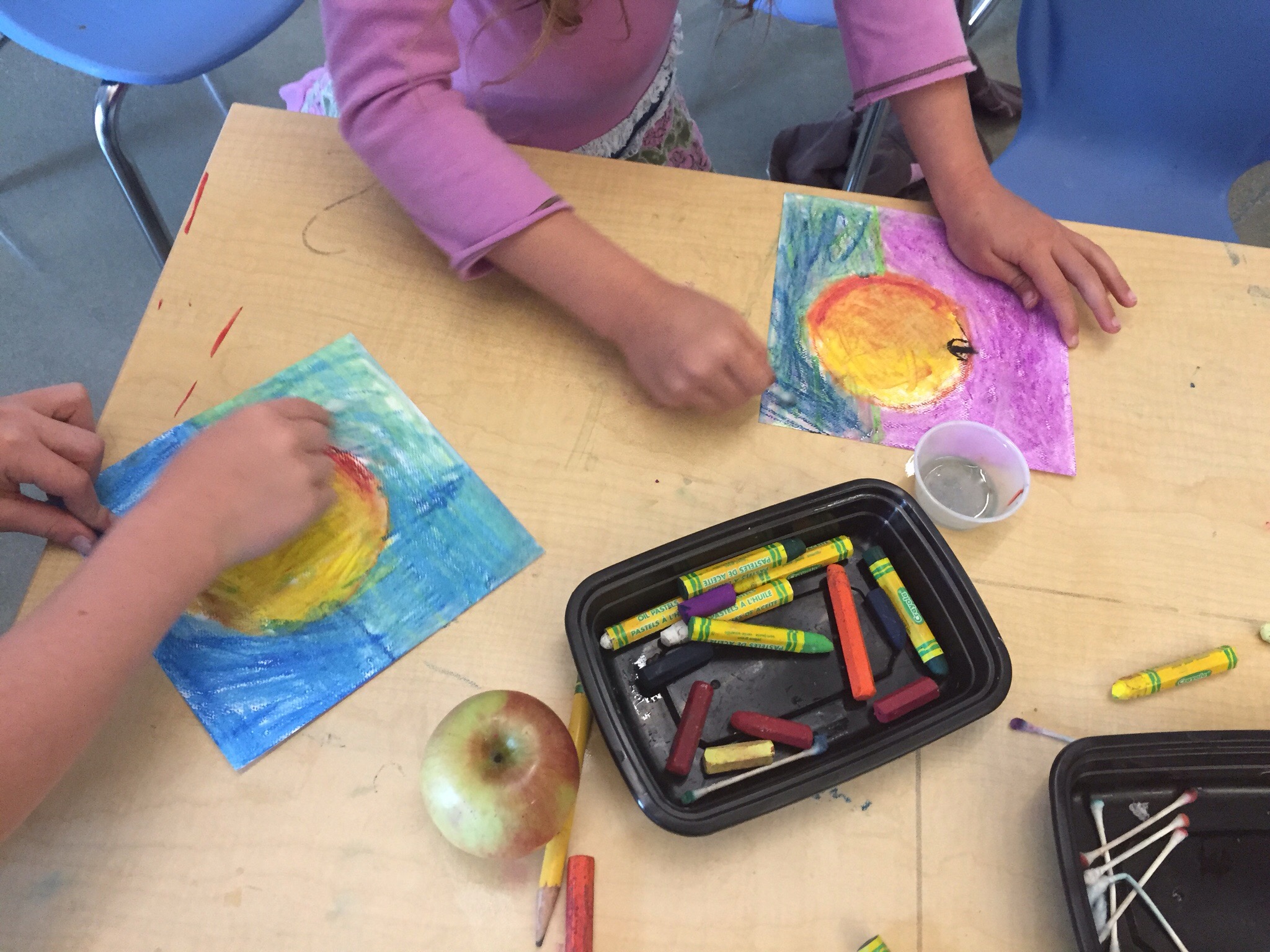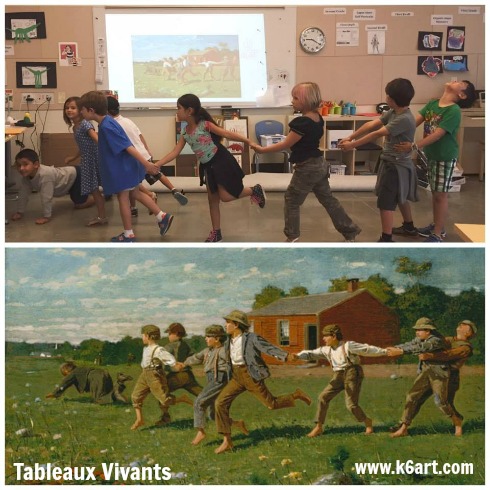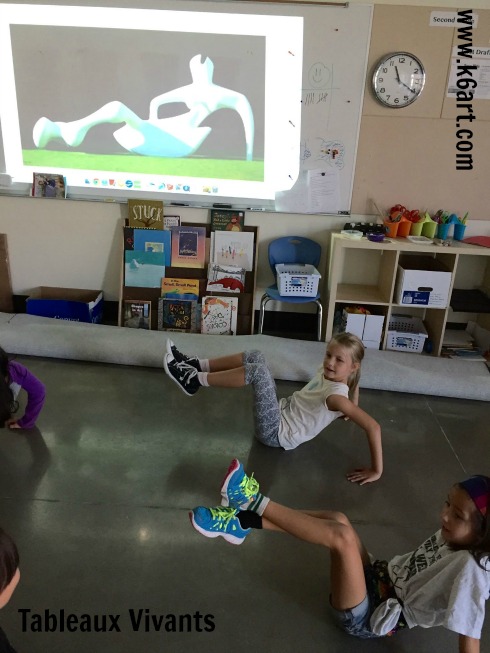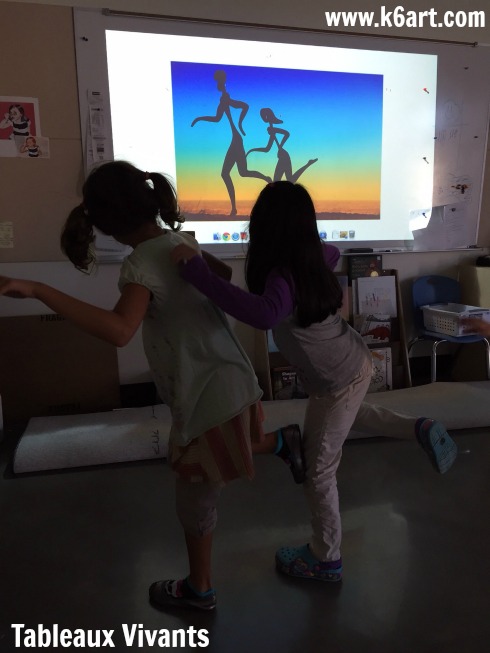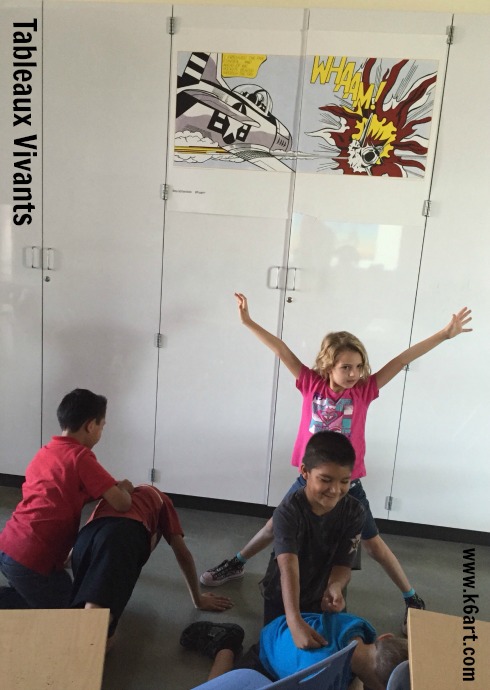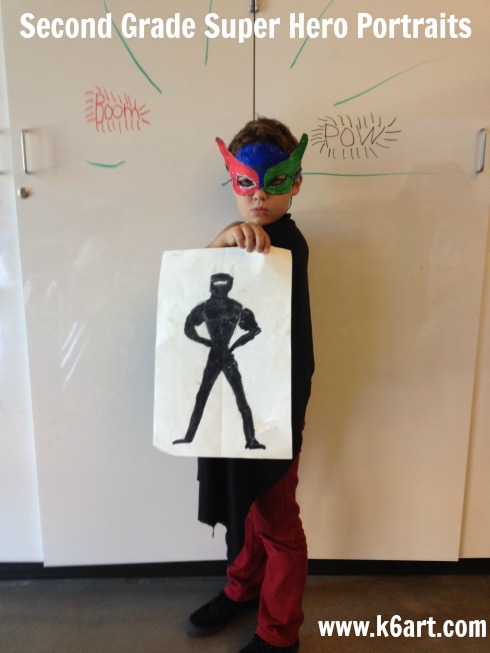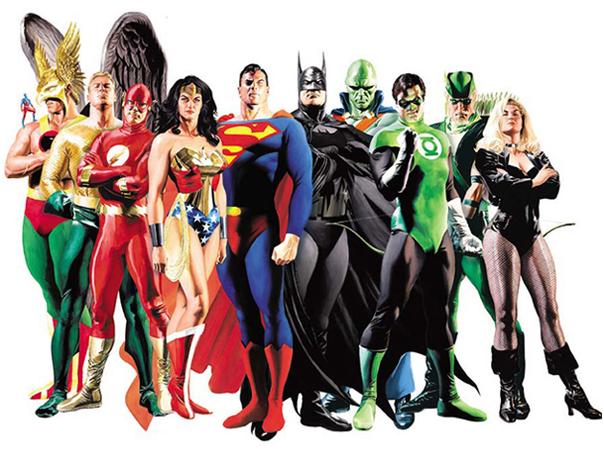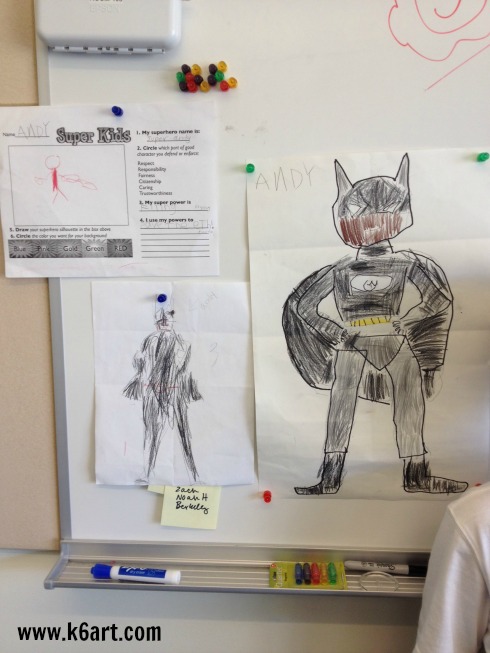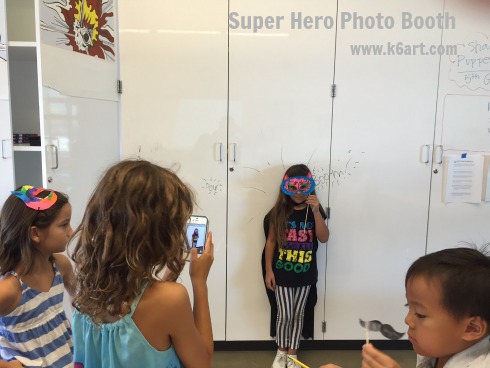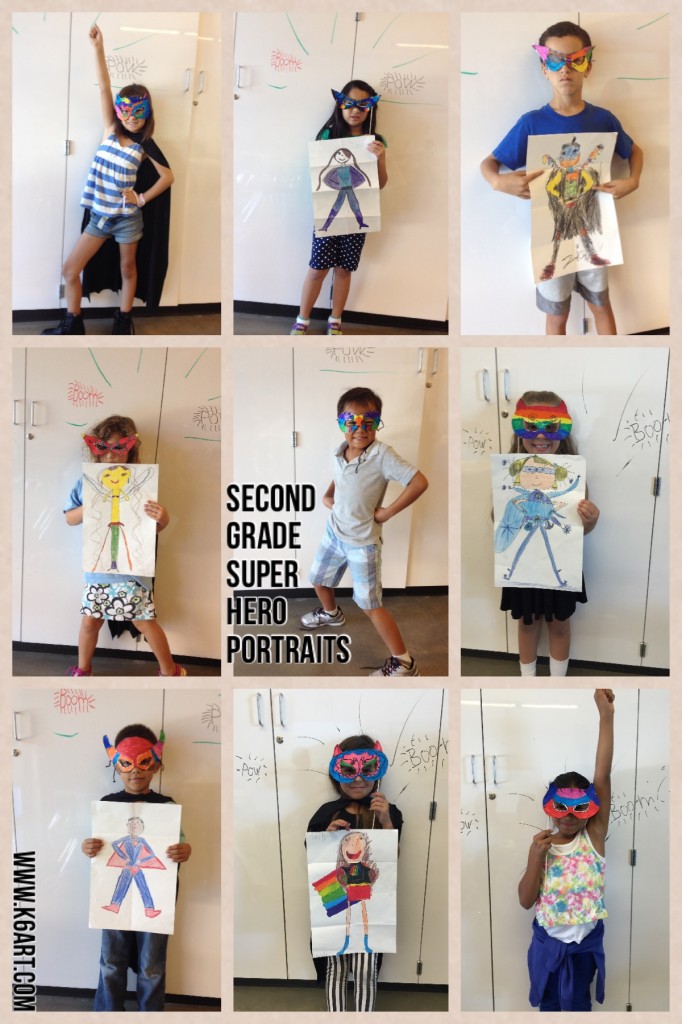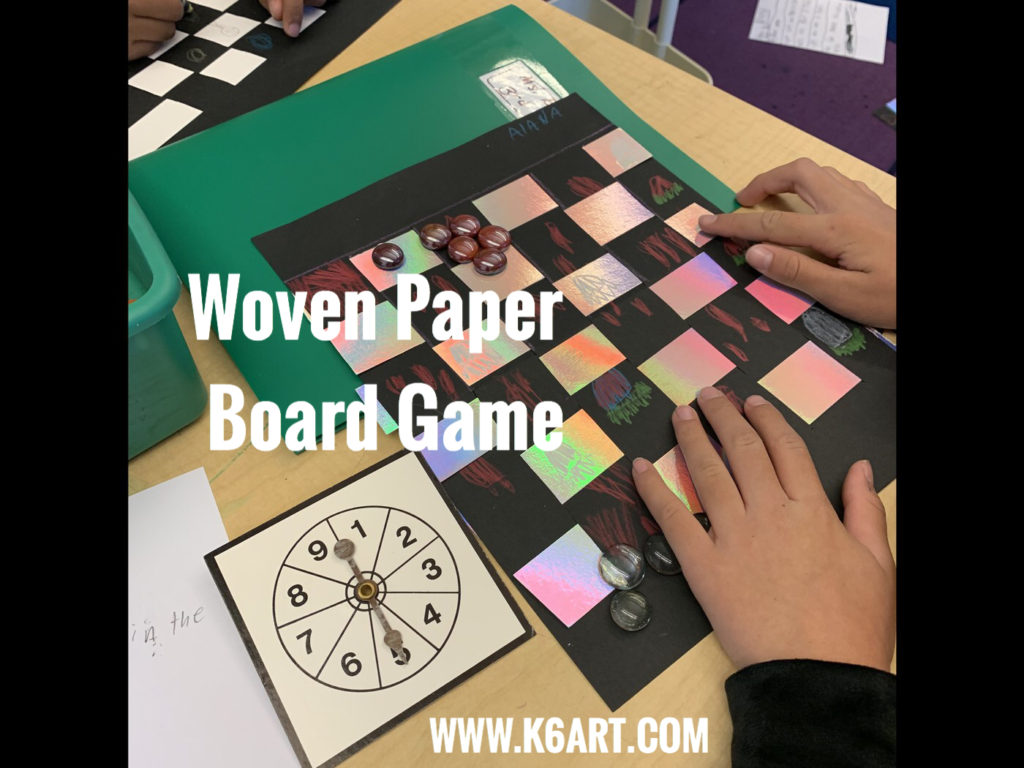
Category Archives: 2nd grade
Warm and Cool Color Clay Rattles: 100% Success!
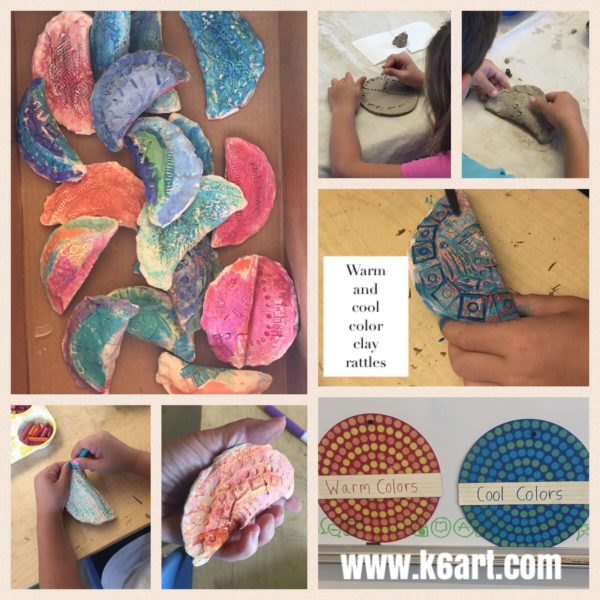
If you are looking for a super-successful clay lesson for Kindergarteners-second grade, you’ve come to the right place. These functional clay rattles only requires a single bisque firing, and are finished with a fast and easy warm and cool color process. Students, parents and teachers loved them. I’ve included an instructional video at the end of this post – all my kindergarten students watched it and created the rattles independently.
Materials:
To create the rattles:
- Clay
- Rolling pin and slats (or slab roller)
- Circle template or bowl to trace
- Pin tool
- Texture tools (we used LEGO)
- Toilet Paper
- Toothbrushes and water bowls
Prep:
Roll the slab and cut the circles. Cover the tables. Each table should have a tray of LEGO, one toothbrush for every two students, and small water dish. They also need a couple of squares of toilet paper and a little scrap clay.
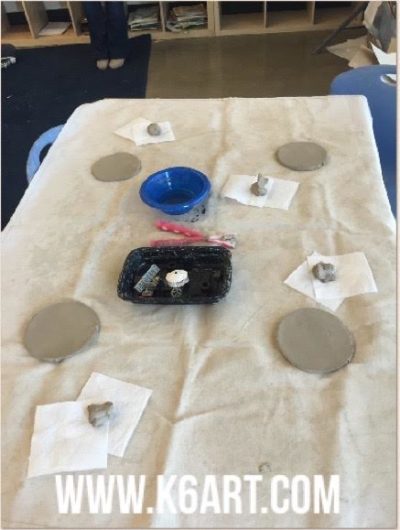
Process is in my instructional video. This was a very effective video: 100% of KINDERGARTENERS did this project correctly and independently the first time. I strongly recommend showing this.
Coloring the rattles:
Materials:
- crayons/construction paper crayons, sorted into warm and cool colors
- individual pans of water color
- brushes and water cups
Process:
Students scribble on the textured ceramic with their crayons. Ideally, one side could be cool color crayons and the other warm. Then they paint over the crayons with (ideally), the opposite color scheme. This was kindergarten….some did it, some didn’t, but they all looked great.
This was a great end of year project: all my water colors had just about run out. Yet we had enough for this project. I sure look tired in this video, though. Typical for end of year…
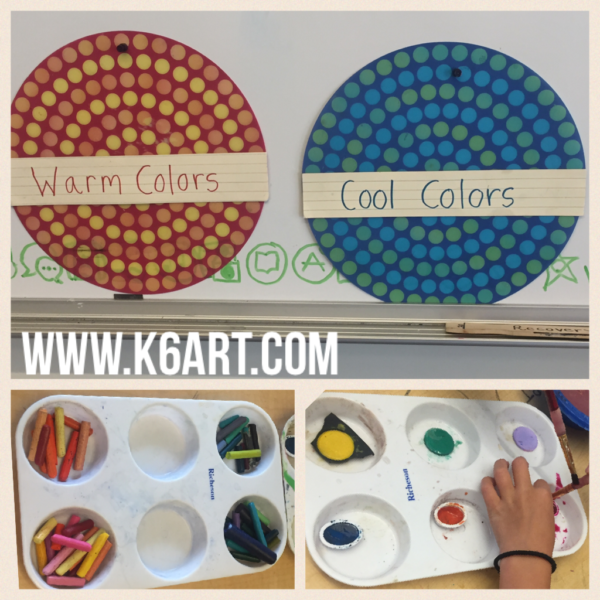
Enjoy!
Do you have a sure-fire clay project for kindergarten?
Have you tried creating instructional videos?
Healthy Food Mural
Our second graders are studying healthy foods. We created this mural as part of the project. It was also an extension of our warm and cool color lesson.
Materials:
watercolor paper, 7″x7″
oil pastels
baby oil
q-tips
reference photos of fruits and vegetables (we used the weekly grocery store ads from the newspaper)
Directions
Draw one type of fruit or vegetable on the paper using oil pastel. Fill the square. Use and warm and cool color scheme – if you draw a warm color fruit, use a cool color background, and vice versa.
After drawing, blend the oil pastels with a q-tip dipped in a BIT of baby oil. Be sure to use two q-tips – one for blending warms, and one for blending cools.
Place completed artworks on a drying rack for a day or two so excess oil can absorb into the paper.
Mounting:
I laid out the artwork face down in a grid, and taped all the seams together with masking tape. If you use enough tape on the back you can hang it as a single piece.
If you ever decide to take down your masterpiece, you have the option of cutting on the seams and returning individual artworks to students.
Enjoy!
Tableaux Vivants: ‘Living Pictures’ Performance Art
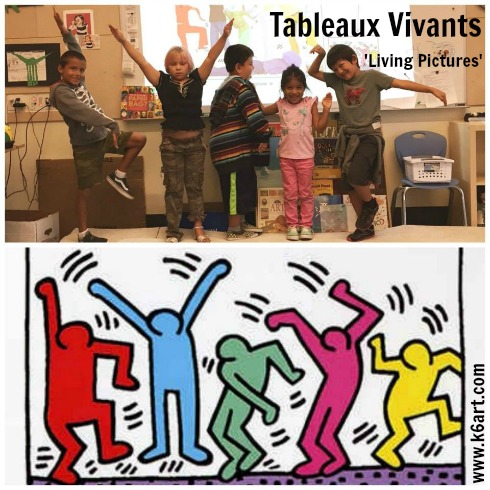
First grade tableau vivant: Keith Haring, “Five Figures Dancing”.
Our first and second graders acted out a series of tableaux vivants (‘living pictures’ ) last week. In traditional tableaux, people dress up as the characters in an artwork. They hold a minutes-long pose in front of an elaborately painted background. We skipped the costumes and backdrops, but still had a great time interacting with the artworks.
We began with a Powerpoint and video (see below). For a warm up, we practiced posing like the Mona Lisa. After students understood the basic concept, they acted out artworks with progressively larger groups of characters.
After a few group activities, I put a bunch of art books on the tables and let students act out whatever they liked.
I love the second grade interpretation of Roy Lichtenstein’s Wham!. The little girl in the photo is acting out the explosion.
Resources:
‘Pagent of the Masters’ is an elaborate tableaux vivants production staged each summer here in Southern California. It has been going on since 1933, and features tableaux based on painting, sculpture, prints and more. Check out this video from CBS Sunday Morning .
Here is the Google Presentation (it’s just like a Powerpoint) I created for our lesson. It includes some fun ‘sculpture game’ activities at the end.
Tableaux vivants are a great way to interact with artworks at the museum. Check out this article from Art Museum Teaching.
Next steps:
Can you imagine the students staging their own Pagent of the Masters? They could select their own artworks, dress up, paint their own background, gather props, have a student director, an iPad photographer….how cool would that be? Maybe next term….
Enjoy!
Second Grade Super Hero Portraits
What child doesn’t want to have super powers? Our second graders just completed a two-part super hero self portrait project. First, they drew themselves as a superhero. Next, they created a super hero mask and photographed each other in super poses.
Draw yourself as a superhero
Materials
- Crayola Color Sticks or colored pencils
- extra fine Sharpie
- pencils/erasers
- copy paper (for initial sketches)
- 12″x18″ drawing paper
- reference photos of superheroes
I used a paper folding technique to encourage students to fill the entire page. We first folded the papers the long way (‘hot dog’) to create a line of symmetry. Then we folded them the short way (‘hamburger’) to create a waist line. We opened the papers, the made another fold from the short edge to the waist line. We used copy paper for initial sketches and drawing paper for the final.
Students drew themselves in a strong stance. They added boots, gloves, masks, capes, and belts. Each student added a special logo on the chest. Some added special tools. They colored with color sticks and colored pencils, then outlined in Sharpie.
Paper masks
We used the free downloadable mask templates from partysimplicity.com. Students colored them with marker. We cut them out and backed them with black construction paper so they would be strong enough to wear. Kids had the option of punching the masks and attaching yarn ties, or just taping on a bamboo skewer as a holder.
Photo booth
Students worked collaboratively to create photo booths. Each had a sign-up list and a waiting area. One student was the photographer, another dressed kids in the cape, others made sure everything ran smoothly. We used an iPod and an iPhone, but you could use any digital camera.
Second grade results (by student photographers)
Click here and here to see more examples from prior years.
We did this project in conjunction with the second grade classroom teachers as part of a unit on being courageous and taking risks.
Enjoy!
What’s your favorite self-portrait project?



